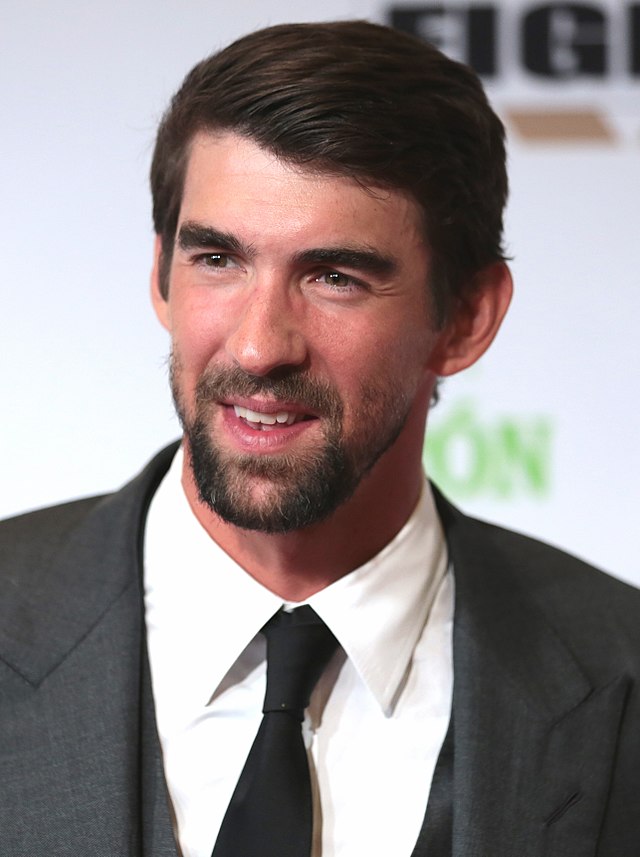Mental illness, it’s more common than you think
December 19, 2018
The rate of young people experiencing a mental health condition continues to rise.
1 in 5 people are affected by some sort of mental health condition, that’s over 44 million Americans and you probably didn’t know this because it is rarely ever talked about.
The rate of youths with Major Depressive Episode (MDE) has increased from 11.93% to 12.63%, according to the Mental Health American Network.
Studies show that 62% of people with MDE received no treatment, this is most likely because of the stigma affiliated with mental illness.
Stigma is the main cause of silence and lack of awareness, society shames and invalidates mental illness.
Mental health can affect the youth in major ways, from how well students preform in school, their self-confidence, and how healthy their relationships with others are maintained.
Mental illness usually shows up before the age of eighteen but it is rarely treated before then.
Why is mental illness continuously diminished and not treated as fairly and seriously as physical health, when there is a clear problem?
According to the Here To Help, an organization dedicated to mental health awareness, suicide is the second leading cause of death among 15-24 year-olds.
Not to mention how common suicidal thoughts are.
There is a particular group in which metal health is a continuous silent struggle, athletes.
Athletes may be at increased risk, according to research by Lynette Hughes and Gerard Leavey of the Northern Ireland Association of Mental Health, as they face extremely high pressured situations and are constantly in the spotlight.
NBA star, Kevin Love opened up on his continuous struggle with social anxiety.
The 29 year-old mentioned how he has been silently struggling with anxiety his whole life, completely terrified of stigma.
He comes from a long line of depression but also grew up with a father telling him to “suck it up” because he is a male athlete.
Mental illness is a major problem in the NBA, with diseases from anxiety, depression, addiction, ADHD, and bipolar disorder.
Many athletes are scared of stigma, including one of the most decorated American Olympians, Micheal Phelps.
Phelps experienced a deep depression after he was arrested for his second DUI.
“I didn’t want to be alive” Phelps said during an interview with USA Today.
An Olympian on the verge of suicide, a person perceived as “having it all” suffers with mental illness.
Anyone can be affected with mental illness, it is not uncommon.
The NCAA has also spoken out on mental health and how common it is among college-level athletes.
In response to a 2015 survey by the NCAA, about 30% of college athletes self-reported that they had been “intractably overwhelmed during the past month,” an increase from the results of the same survey five years earlier.
The NCAA has since continued research on mental illness among student-athletes and has recommended ways to help to the schools and athletes.
This is an important example of corporations speaking out and working towards fighting the stigma.
They have also paired with Saint Michael’s College, who in 2015, founded Hope Happens Here, which is a student-led movement that aims to promote mental health awareness and mental wellbeing on college campuses, in particular student-athletes.
The stigma will continue to grow if we do not work towards repairing it.
Children will become more depressed, more anxious than ever, they will continue to suffer silently until they can no longer handle it.
It is import that you let anyone you know suffering from mental illness that treatment is available.
There are countless ways to improve mental illness, from counseling, to medication, to support groups, there is always a way.
It is important to recognize that there is always hope.
It is time to make the stigma go away and validate mental illness as a real illness.














